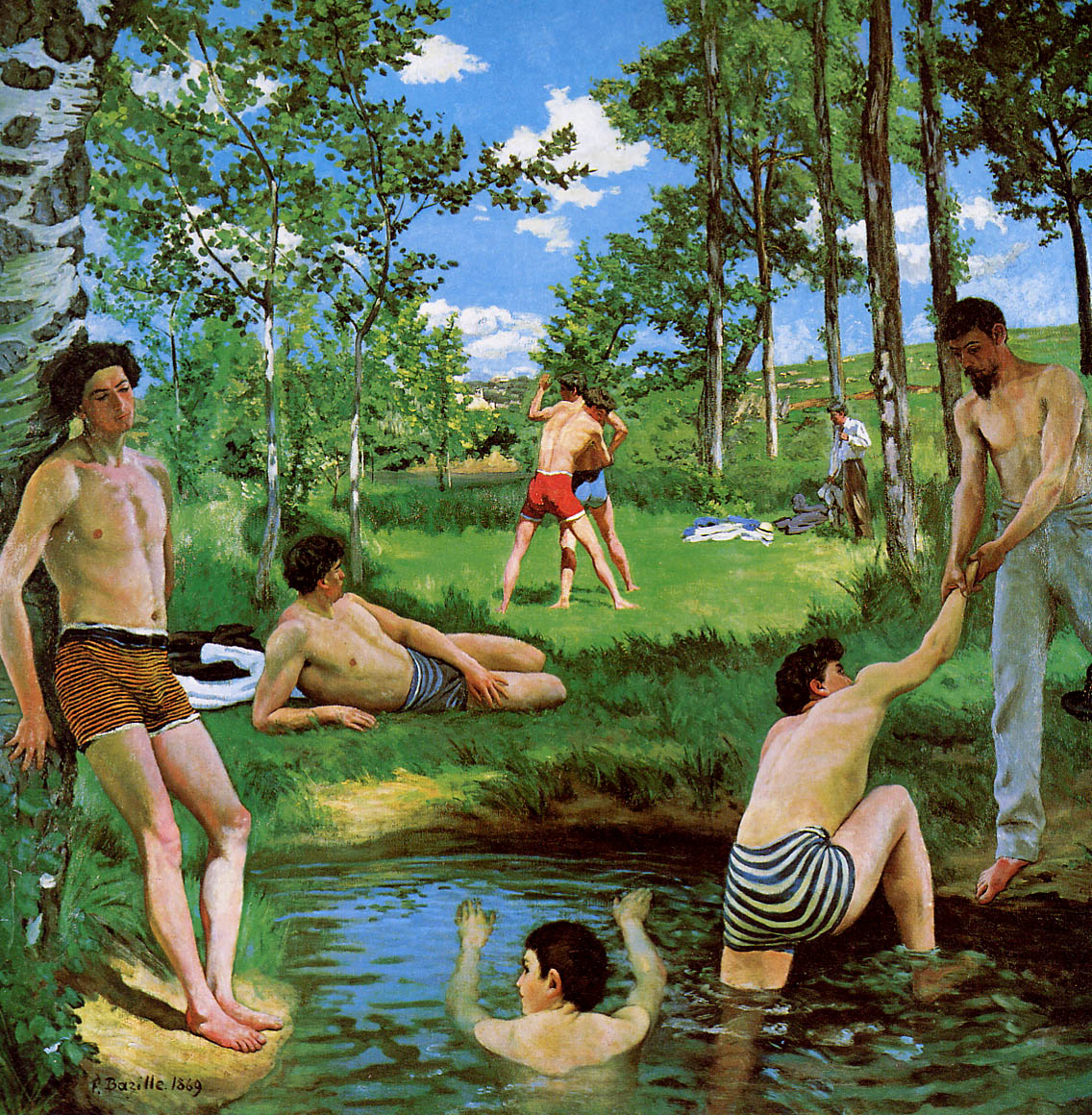“Practically all of them from the highest to the
lowest were flagrantly given to the sin of lust, not only of the natural
variety, but also of the sodomitic, without the slightest display of remorse…
In addition to this, he clearly saw that they were all gluttons, winebibbers, and
drunkards without exception” - Giovanni Boccaccio, The Decameron
In one of the very first tales of The Decameron, Boccaccio puts forth social
commentary pertaining to the spread of Catholicism, veiled by humor and irony. “First
Day, Second Story” begins with Jehannot de Chevigny working to convert his
close friend Abraham from Judaism to Christianity. Abraham refuses to abandon
his upbringing and faith, but he puts an end to his comrade’s ceaseless insisting
by traveling from Paris to Rome to “observe the behaviour of the Pope, the
cardinals, the other Church dignitaries, and all of the courtiers” (39).
Being familiar with the conduct of Catholic figures
in Rome, Jehannot understands that Abraham will not only return to Paris a
Jewish man, but will be more secure than ever in his choice of faith. As the
passage describes, Abraham witnesses behavior unthinkable to a man of his morality.
Upon returning home, he recounts his experiences to Jehannot and, remarkably,
announces his conversion. He states that if a religion so depraved can spread
the way that Christianity has, it must have God’s blessing.
Botticelli portrays an entirely contrasting clergy
in The Last Communion of St. Jerome. He
depicts the image that people most associate with Catholic dignitaries of the
time -- spiritual, well-behaved Disciples of Christ. He presents us with robed
men tending diligently to the ill and aged.
The disparity between these works begs the question
of which representation accurately captures Catholic clergymen. Does Botticelli
illustrate the idyllic and Boccaccio the actual? Does either of them have
adequate exposure to know for themselves whether these figures practice
piousness or debauchery? Regardless, the contrast provokes thought concerning
religion today, and whether we should regard religious figures as blessed links
between Heaven and Earth, or simply as flawed, imperfect, and human.














